The expert DEGO China Heifeng Li in this exclusive interview is a senior Dapp and NFT player in the circle. He has many years of experience in the NFT field. A blueprint for the future development of NFT is presented.
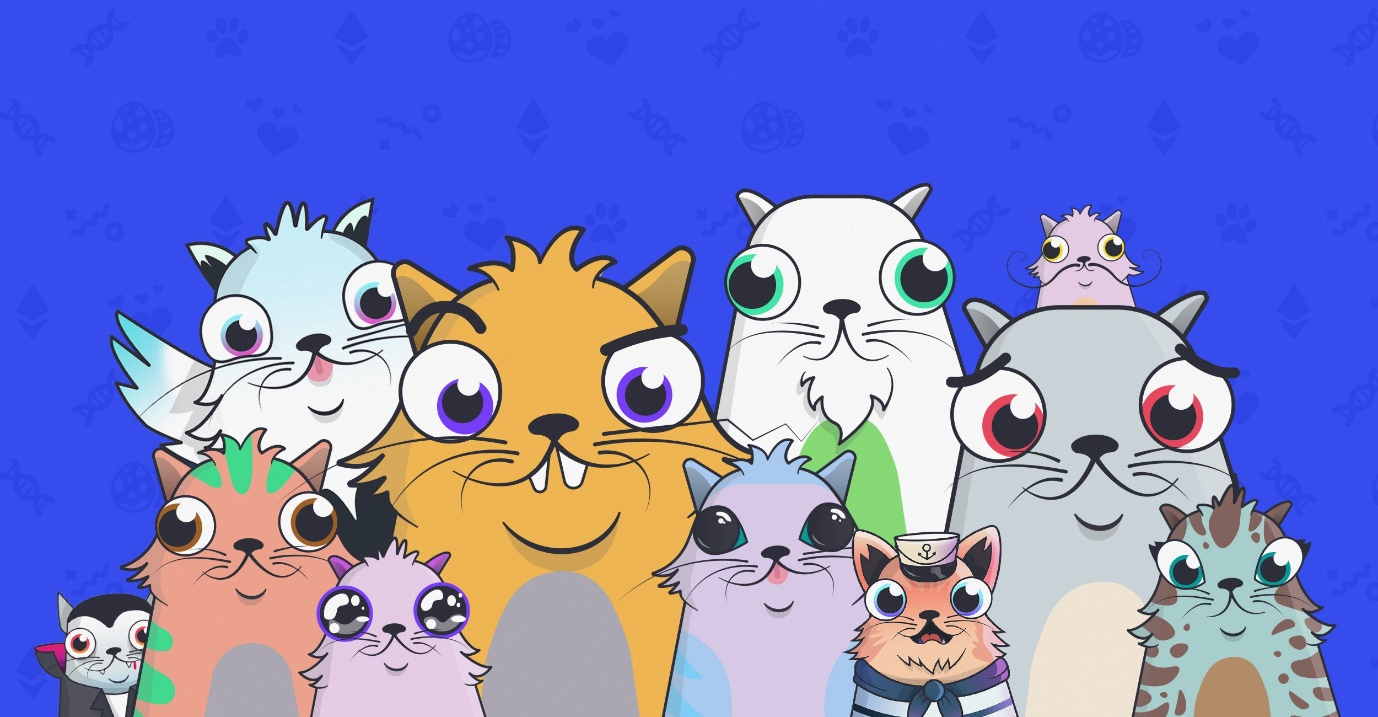
"The vast majority of NFTs are works of art now, but NFTs have a lot of room for use in the financial field."
1. Scarlett: Most art transactions are very low-frequency transactions. NFT art generally has the problem of lack of liquidity. Why are most NFT projects still taking the route of art and collectibles?
Black Lee: NFT experienced the short-lived highlight moment of CryptoKitties in 2017 and did not return to people's vision until the end of 2020. Now the NFT industry is still in a relatively early stage. The first NFT project that people know and come into contact with is CryptoKitties , the success of CryptoKitties and the popularity at that time made many people have a fixed mindset, believing that artworks are the correct path for the development of NFTs, and naturally bound NFTs with art, collectibles, cards, and scarcity, leading to Most of the subsequent NFT projects are imitating this model, which is normal.
2. Scarlett: Nowadays, many NFT projects of artworks and collectibles are started and developed with the help of well-known IPs. How do you view the development route of NFT+IP?
Heifeng Li: I think the combination of IP and NFT has bubbles in the long run, which can be clearly perceived from the recent decline in data. At present, this model is still based on European and American aesthetics. The technical difficulty and barriers are relatively low, and it is easy to imitate. Many institutional and individual investors have FOMO sentiments, and the valuation of such projects is generally high. Therefore, the development route of NFT+IP may not be able to last for a long time, but people have a fresh feeling about the combination of NFT and IP in the early stage. In contrast, some leading NFT projects such as DEGO are not driven by IP, but based on some native models on the chain, so whether it is combined with IP is not a decisive factor for the success of an NFT project. The breakthrough of IP+NFT is the combination with Dapp. The current application scenarios of NFT are still too few. Only when this problem is solved, IP+NFT will have a better development.
3. Scarlett: In addition to the field of art, I know that you are more optimistic about the application prospects of NFT in the financial field, so what problems can NFT specifically solve in the financial field?
Heifeng Li: First of all, in terms of investment, investors in the blockchain field invest in the project side, and the project side does not need to issue coins, that is, the project side has the risk of breach of contract and doing evil. In addition, in addition to the project party, the project proxy investment may also take the money to run away, or the intermediary who has not received the quota can lie about obtaining the quota to defraud, and there will also be investors who buy a third-party account on Coinlist, but the account is withdrawn The phenomenon. These phenomena are actually very ironic, because the blockchain itself is to solve the problems of transaction trust and transparency. As a result, investment in this field is still using a series of very primitive trading methods such as manual coining, but using NFT can solve these problems. question.
4. Scarlett: Can you explain in detail how to use NFT to solve the problem of investment and financing efficiency in the blockchain field?
Heifeng Li: We can start from a specific scenario. For example, when an individual invests in a blockchain project, when the project quota is not immediately given to the investor, the investor can receive an NFT as a certificate, and at the same time the investment rights It has also been transferred directly to investors. Assuming that the tokens of the project are agreed to be unlocked for one year, users cannot use the NFT in their hands to claim tokens during this year, and the tokens can only be withdrawn when the unlocking time is reached. But because the rights and interests are already in the hands of investors, if investors are no longer optimistic about the future of the project for some reason, they can split the NFT by themselves before the tokens are unlocked. For example, an investor invested 1 million It is very difficult to directly transfer the amount of 1 million US dollars for blockchain projects in US dollars. At this time, investors can split the NFT of 1 million US dollars in their hands into ten 100,000 US dollars or more. Trading platforms such as Opensea or Treasureland sell investment quotas and transfer the quotas to opponents. This is much more efficient than the current way some players buy Coinlist accounts off-site. This approach increases the liquidity of the 1.5-level market for the industry, and reduces the transaction costs and trust issues for users. Even for the project side, it can reduce its market-making pressure, because the 1.5-level selling pressure is digested off-site, which can be said to achieve the effect of killing three birds with one stone.
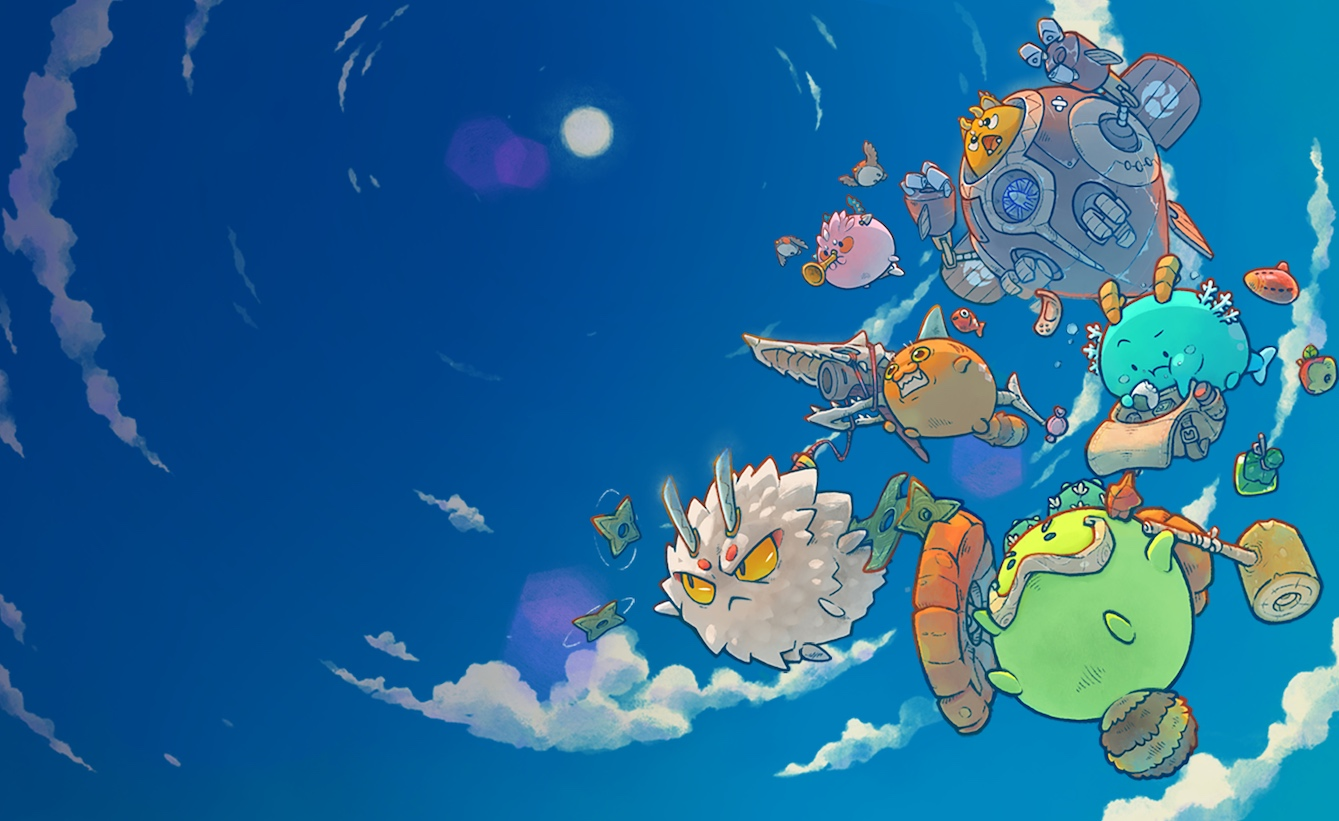
"GameFi" is a very good idea, and all games can develop in the direction of "GameFi".
5. Scarlett: What do you think of the "GameFi" mindset, is it a good direction?
Heifeng Li: GameFi is a very good idea. GameFi means gamified finance, that is, allowing players to make money in games (Play to Earn). This game finance model is completely different from traditional finance in the past. Compared with the traditional financial model moved to the chain, this is a native business model that deserves attention. The major innovation of Play to Earn is that most of the revenue in the game is no longer attributable to large centralized game companies, but to excellent players. Axie Infinity is the pioneer of "Play to Earn" in blockchain games. Players need to use tokens to synthesize Axie elves (an NFT asset in the game). Axie elves can be used for mining, daily tasks and competitions in the game Earn income through tasks, that is, players earn income by staking tokens, synthesizing assets, and achieving an internal cycle through GameFi. In the Philippines and Indonesia, Aixe Infinity has even become the main source of income for some poor Southeast Asian families, which has exceeded the minimum wage level. There is also Yield Guild, a labor union of the YGG agreement, which recruits and matches skilled NFT chain game players, and sends them to mine or compete in different games to earn income. Generally speaking, I think GameFi is a good trend. All games can develop in this direction, allowing players to make money from games, and even making some excellent players regard playing games as a profession.
6. Scarlett: Do you think Aavegotchi is a good example of "GameFi"?
Heifeng Li: Aavegotchi mainly focuses on NFT+DeFi, and many players are also attracted by its combination of NFT+DeFi. I am an early participant of Aavegotchi. The reason why Aavegotchi attracted me in the early days is that it is a DeFi lending leader under the Aave ecosystem. Project, Aavegotchi and Aave's community are very close. The concept of early Aavegotchi is to use the loan certificate aToken in Aave to synthesize Aavegotchi little ghosts. The little ghosts can interact and compete in the game. Behind each little ghost NFT is an Aave loan certificate. However, the development direction of Aavegotchi has been different from the original publicized concept. There are many promises and operations of games, but there are not many elements of DeFi. The late Aavegotchi was more inclined to a pure consumption game, so that people only saw consumption, but little return, more emphasis on Game, and less Fi, I think this is not the right direction, so Aavegotchi is not a real game GameFi in the sense.
7. Scarlett: How do you view the relationship between GameFi and DeFi?
Heifeng Li: DeFi is decentralized finance, and GameFi is a subset of DeFi. There is no boundary between them, but the feeling presented to users is different. DeFi is to provide users with traditional financial transactions and wealth management services, while GameFi uses games to package DeFi.
8. Scarlett: What good NFT+DeFi projects do you think?
Heifeng Li: DEGO is considered a good NFT+DeFi project. The characteristic of DEGO is that the valuation of its NFT does not rely on a very subjective valuation similar to a work of art, but the face value of each NFT is equal to the DEGO value of casting the NFT, that is, the NFT is supported by the intrinsic value of FT. Provide a guaranteed value for NFT, and there is a certain premium space on the basis of the guaranteed value, and the pricing of NFT will be locked in a reasonable negotiable price range. Each shovel in DEGO has different elements such as "face value", "name" and "efficiency". Each NFT in DEGO is a "structure" composed of multiple elements, rather than a scarce artwork.
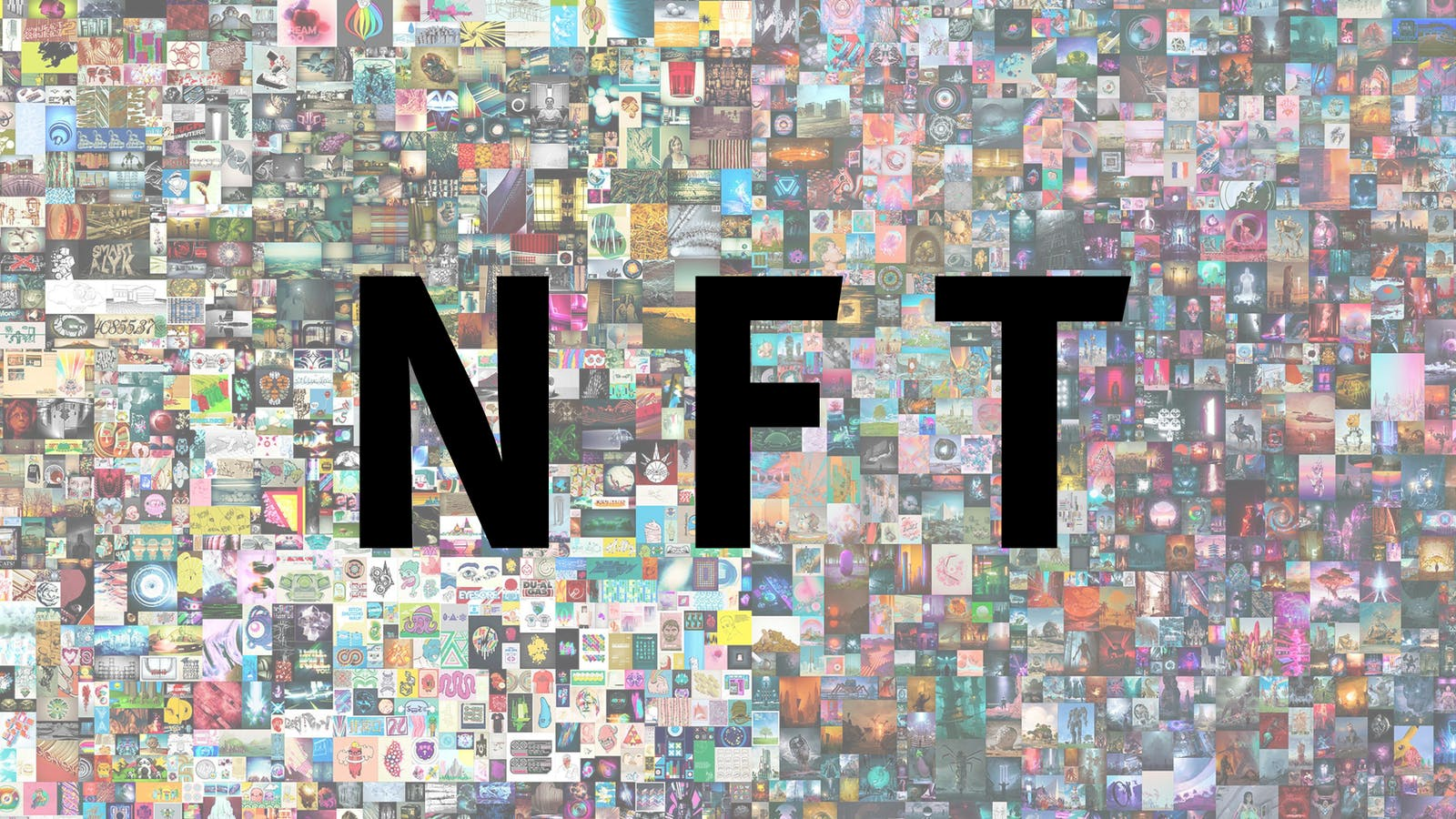
“The significance of NFT fragmentation is not just to increase liquidity. "
9. Scarlett: What do you think of the fragmentation of NFT, can it effectively solve the liquidity problem of NFT?
Black Lee: The fragmentation of NFT can not only increase the liquidity of NFT, but also lower the threshold of NFT. Because most investors generally do not have the appreciation ability of artworks and NFTs, they can still invest in NFTs by investing in NFT fragments, which lowers the entry threshold for NFTs. At the same time, fragmented NFTs can also form many new markets, such as derivatives of NFT fragments and the financialization of NFTs, that is, to turn NFTs that cannot be priced into NFTs that can be priced. This is the significance of NFT fragmentation in my opinion. It's not just as simple as increasing liquidity.
10. Scarlett: Do you think there are better NFT fragmentation projects or solutions?
Heifeng Li: I don’t think so at the moment. To give a few examples of NFT fragmentation projects, such as NFTX, NFT20, DODO, and Unicly, such projects generally fail to solve the following three problems: 1. Which NFT assets are worthy of fragmentation; 2. Where does the liquidity of NFT fragments come from? Come; 3. Is there a good buyout mechanism for NFT: in the process from public ownership to private ownership, I don't think any project has proposed a better solution to these three problems.
 "Native NFT financial assets + mature NFT pricing mechanism marks the financialization of NFT."
"Native NFT financial assets + mature NFT pricing mechanism marks the financialization of NFT."
11. Scarlett: Do you think we have reached the financialization stage of NFT?
Heifeng Li: I think it is still too early for the financialization of NFT. First of all, I put forward a big premise that 99% of NFT today are works of art, but in real life, works of art and collectibles have nothing to do with most people. In the future, 99% of NFT will be data and financial products. Based on this world view, I think the asset types in the entire NFT world are not rich enough.
12. Scarlett: How can the financialization of NFT be considered perfect, that is to say, how can we reach the financialization stage of NFT?
Heifeng Li: I think the financialization of NFT needs a premise-a good pricing system, without a good pricing system and liquidity, mortgages, loans and other behaviors in finance cannot start. NFT must satisfy both the left leg and the right leg in order to achieve financialization. The left leg is to have native NFT financial assets, which need to meet the following two conditions: 1. It must be an NFT that can be priced; 2. It must have clear rights and interests. To give a few examples of native NFT financial assets, such as Uniswap V3’s LP token; DEGO’s INO, which packs the token to be unlocked into NFT as an option; DEGO’s synthetic asset “shovel”. These three examples have a common feature, that is, it is easy to evaluate their prices, because the value of these NFTs is supported by FT. The right leg is to use a certain pricing method to turn some NFTs that were originally unpriced into valueable and priceable NFTs. With both left and right legs, NFT financialization is operable. As for some current problems about NFT loans and mortgages, when the industry infrastructure and pricing system are mature enough, these problems will be solved easily.
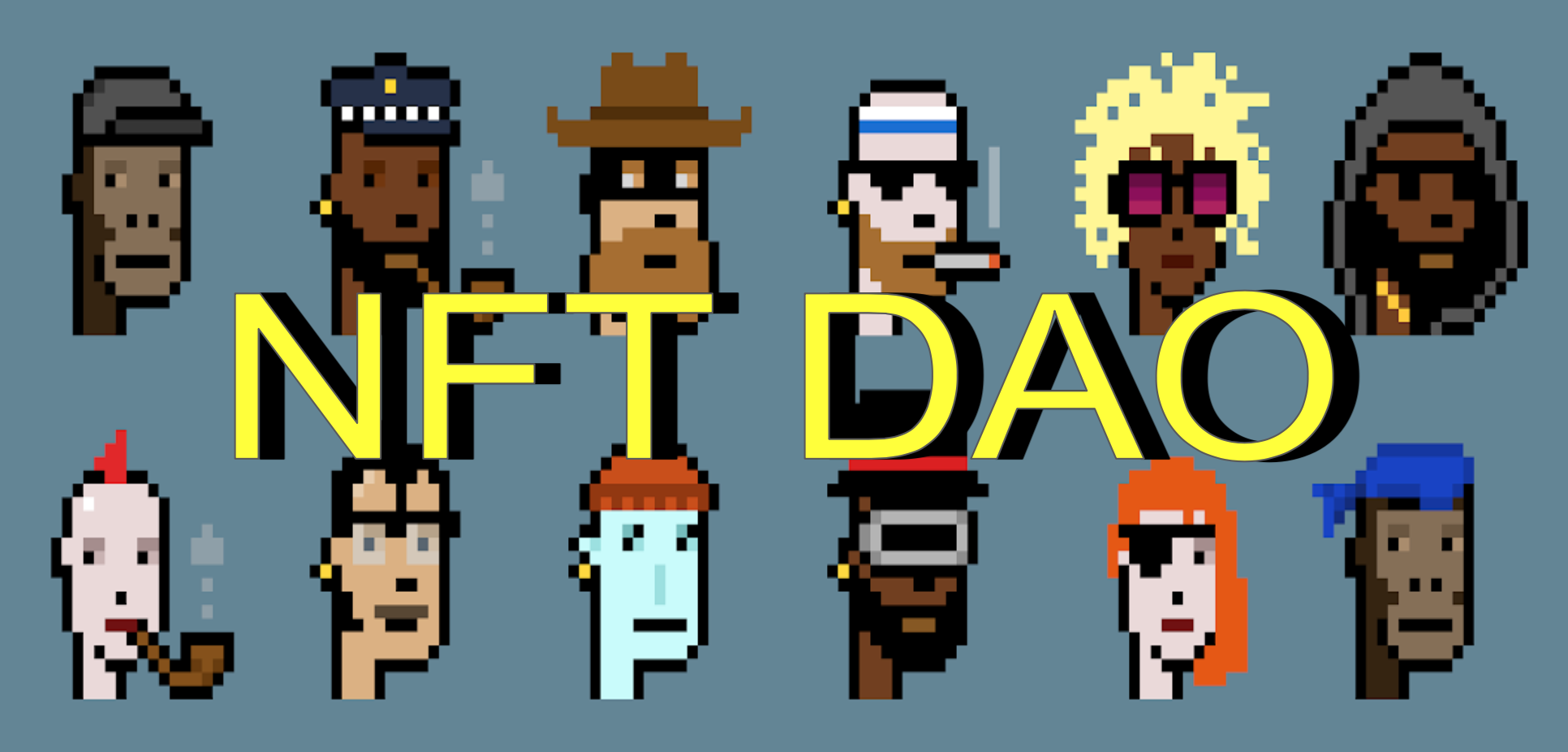 "The focus of NFT+DAO is DAO rather than NFT. NFT is just a tool."
"The focus of NFT+DAO is DAO rather than NFT. NFT is just a tool."
13. Scarlett: Nowadays, many NFT items that are out of the circle and have super high prices are from celebrities or artists (such as Beeple) who have already accumulated some fame. So can NFT really bring dividends to long-tail artists?
Heifeng Li: NFT can effectively serve long-tail users. First of all, starting from the business model of the traditional art market, most of the profit income of the traditional art market (such as galleries) goes into the pockets of intermediaries rather than artists. Artists must rely on intermediaries to exhibit their works and make profits from them. However, NFT solves the threshold problem of artists and gives talented artists a platform. Although the operation of the market is also an important factor, NFT at least gives long-tail artists a chance to show, and does not need to rely on any intermediaries and third parties. institutional trust. Second, the trading platform Superare pioneered the income mechanism that artists can obtain 10% of the sales amount of artworks in the secondary market, and obtain passive income from resale. When the transaction is completed, the smart contract will automatically execute the payment to the creator. This is The business model that cannot be completed in the real world can only be achieved in the blockchain world. Artists truly own the rights of secondary sales and the copyright of their works. Finally, NFT started in 2017 and did not officially show signs of being out of the circle until 2021. The reason why some people think that NFT is just a celebrity game is because the overall timeline is still too short. If you look at the next fifty years, it may be More valuable works appear, and more people will participate in NFT at that time.
14. Scarlett: Do you think NFT+DAO can contribute to the decentralization of NFT?
Heifeng Li: Before answering this question, we need to think about what NFT itself is. For me, NFT is just an infrastructure, and there is nothing special about it. Like FT, it is like a standard product in real life. and non-standard products. NFT should not be viewed as an independent track, it should be a concept of a larger category, the current NFT is regarded as an independent track mainly because NFT is still relatively early, mainly limited to artworks and collectibles. I think that NFT is only used as a basic technical means to serve DAO, and the focus is on DAO, not NFT. The main application of NFT+DAO can be expressed that NFT is a right, obligation or identity symbol, that is, adding rights and data to NFT to form a personal identity structure, as a technical tool to assist and serve DAO.
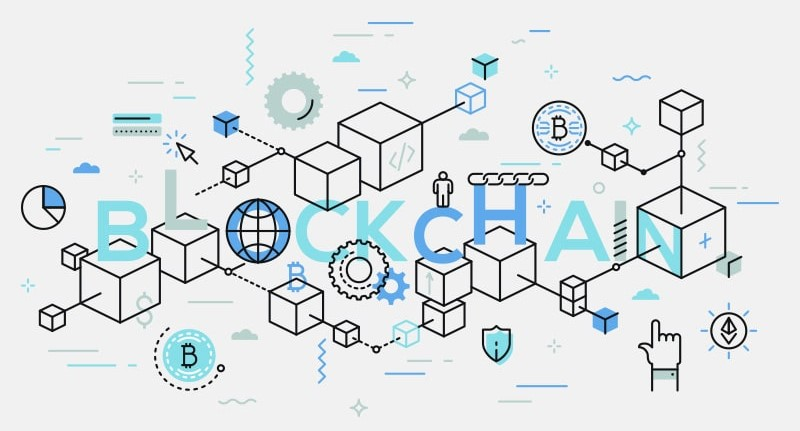
"Compared with assets on the chain, the value capture of native assets on the chain is higher."
15. Scarlett: Please explain the concepts of digital assetization and asset digitization respectively.
Heifeng Li: Digital assetization and asset digitization are the two stages of the asset transfer path on the chain. Digital assetization refers to the original digital assets in the blockchain world, such as BTC and ETH. The application value of these digital assets has developed from the early trading medium to the subsequent financial functions such as lending and wealth management derived from DeFi. Asset digitization refers to the chaining of real assets, that is, all assets in the real world can be circulated in the blockchain.
16. Scarlett: What is the analytic relationship between these two stages?
Heifeng Li: Digital assetization refers to building a closed financial system on the chain. This financial system is independent of the real world and can realize its own internal circulation. The value ceiling of this financial system on the chain is the market value of encrypted assets. This system The volume is incomparable with traditional financial markets. The digitalization of assets can transfer real assets to the chain through the chain of assets, which means that there is an opportunity to transfer all the economic volume of the traditional world to the blockchain. In terms of development direction, it is from the former to the latter.
17. Scarlett: Since asset on-chain can transfer real-world economic volume to the chain, why hasn't the asset-on-chain project become a hot topic yet?
other:
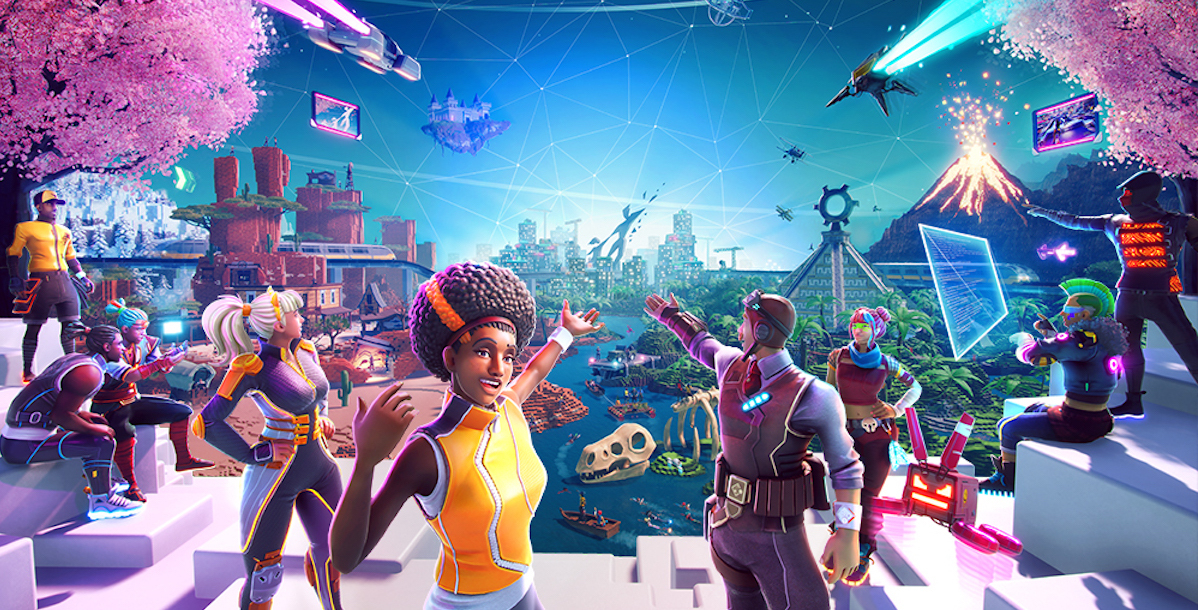
other:
18. Scarlett: How do you view the development potential of fan economy and social tokens?
Heifeng Li: Starting from the real world, the relationship between idols and fans in the real world is generally very unequal. Most of the idols unilaterally obtain income from fans, and some fan leaders obtain income from economic companies by operating fan communities or providing information. benefits, but most of the fan base does not have the opportunity to participate. The use of blockchain can enable more fans to participate and integrate, realize the economic cycle between fans and stars, and the relationship between idols and fans will be more stable, so the fan economy has value. Looking at social tokens again, I think that in the future, all individuals will have their own credit system. The issuance of currency does not necessarily follow the financial model in the traditional world, that is, issuing currency through the government and central institutions. All past financial experience It is not necessarily completely correct. Perhaps in the blockchain world, the non-sovereignty of currency can be realized, and everyone can issue their own personal currency or personal bonds, that is, social tokens.
19. Scarlett: How do you view the metaverse that has gradually entered people's field of vision in recent years?
Heifeng Li: Metaverse is an area that was unheard of and unheard of in the capital market in the past. Now the various tracks in the capital circle have been very introverted, and Metaverse can drive hardware, content, culture, and infrastructure. Metaverse The track can further expand the space of the capital market, and there is room for further investment.
20. Scarlett: Which Layer1 or Layer2 infrastructure is currently most suitable for the layout of NFT projects?
Heifeng Li: I think BSC is most suitable for the layout of NFT. BSC has always positioned itself as a competitor of Ethereum. I think this positioning is problematic. BSC is a lower-cost test chain of Ethereum, not a competition chain. It can serve as a test network for Ethereum The spillover device of Ethereum Square, and this spillover device has absorbed many excellent developers on Ethereum. Developers are always the most important thing on a public chain, not assets. In addition, BSC's huge ecosystem can provide better support for the layout of NFT projects, including DeFi and various infrastructures. For NFT projects, the prosperity of the public chain ecology is also an important indicator for consideration.
twenty one. Scarlett: How to understand the meaning of Web3.0?
Heifeng Li: In the era of Web 1.0, netizens can only passively accept the content on the Internet. In the era of Web 2.0, netizens can independently create content on the Internet. Netizens can simultaneously produce and consume content, and the concept of UGC has also been born. However, the main content output is still monopolized by Internet giants. The important proposition of Web3.0 is to break down the barriers of Internet giants and eliminate the barriers in the Internet. NFT can be regarded as one of the important infrastructures of Web3.0. In the future, NFT is not limited to works of art, but more representative of identity information or financial credentials, so that users are no longer subject to centralized Internet oligarchs , to realize the disintermediation of content, and the data information truly belongs to oneself.
twenty two. Scarlett: What other areas of NFT have investment opportunities in the future?
Heifeng Li: The infrastructure, basic protocols, and basic game rules of various NFTs are still in a very early stage, and they are not perfect yet, but NFT itself is a very large track, just like non-standard NFTs in the real world. Commodity transactions are far greater than standard commodity transactions. NFT has more application scenarios than FT. Using NFT, many business models in the real world can be applied to the blockchain world. The potential in this field is huge. Judging from the current stage, DeFi+NFT, DID (combination of identity ID and NFT) and NFT+DAO are all directions worthy of attention.
NFT is one of the key tracks that HashKey Capital has focused on in recent years. The HashKey Capital team believes that NFT has broad development prospects. The directions of focus include NFT infrastructure, NFT+DeFi, Metaverse, creator economy, Web3.0, etc.
This interview was completed by Scarlett, a researcher at HashKey Capital. She has focused on the NFT field in the past six months and published the following three NFT industry research reports:
§ Panoramic analysis of NFT ecological applications, development prospects and investment opportunities
§ An overview of the development status of NFT infrastructure: public chain, side chain and Layer 2
§ An overview of the application status and development trend of Metaverse in the blockchain field
Disclaimer: The above only represents the personal opinions of the interviewed guests, for reference only, and does not represent any position of HashKey Capital and its affiliated companies, and the above content does not constitute any action suggestion.



